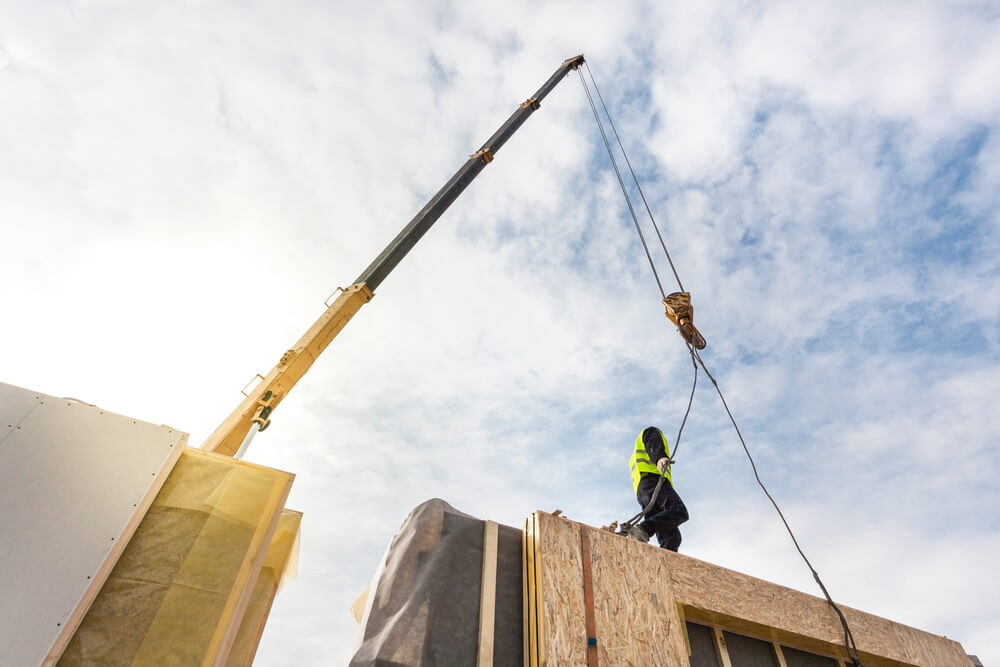Despite the current crisis facing the country and construction industry we anticipate the government will press on with its legislative programme for building safety reform:
- It has issued a pledge to support vital building safety work during the pandemic.
- The Fire Safety Bill is already before Parliament and will put beyond doubt that building owners remain legally responsible for ensuring the safety of their buildings and residents including for external walls and fire doors;
- The technical review of the Building Regulations is nearly complete and updates to Approved Document B will be announced later in the year. The government has already confirmed the update will include a requirement for sprinklers to be installed in all new high rise over 11m; and
- In its full response to the Building a Safer Future consultation the government has provided more detail for what will become the Building Safety Bill including the establishment of a new Building Safety Regulator, the need for approval of building safety at three key gateway points and the introduction of a new duty holder for completed buildings, the “Accountable Person”.
- Formal sign off by the Regulator will be required at three gateway points (pre-planning, pre-construction and pre-occupation) before work or occupation can progress. The idea is that there can be “hard stops” if a building is non-compliant. This, if enforced, is a marked departure from the pre-construction and pre-occupation conditions attached to planning, where compliance (or demonstration of compliance) often takes place much later than specified. It will be interesting to see whether the Regulator exercises its powers to demonstrate that it is no longer acceptable to promise compliance rather than evidence it.
- The new duty holder (the Accountable Person) will take over at Practical Completion. At this handover point the Client, Principal Designer and Principal Contractor (duty holders who will be familiar to those with knowledge of the CDM Regulations) will have to produce and co-sign a final declaration to confirm that to the best of their knowledge the building complies with the Building Regulations.
- The Accountable Person will then appoint a Building Safety Manager (Manager) to undertake day to day management of the building but will retain accountability for assessing and managing fire and structural safety risks.
- Resident engagement will be at the forefront of the Accountable Person and Manager’s role. Residents will be able to complain to the Regulator if they feel that their complaints about safety concerns are not being dealt with promptly.
- The quid pro quo is that residents will have a legal duty not to increase fire risks by, for example, making structural alterations or removing fire doors. The Manager is to be given a role in enforcing compliance and an ability to enforce through the courts if necessary.
Demonstrating compliance now
The fluctuating legislative landscape poses a real problem in relation to buildings over 18m that are under construction or being refurbished now, i.e. before the new legislation takes effect, or for remedial works that continue despite pandemic restrictions.
We suggest, as far as practicable, that the works comply with the new or restated building safety standards. If that is not possible, building owners will need to work with their construction teams and building control to ensure the works (including remedial works) can be signed off in a way that is acceptable to surveyors, purchasers, lenders and insurers, for example by obtaining an “EWS1 Form” (a form produced by the industry to try and unlock lending for tall buildings) and / or by evidencing via a fire engineering report confirming that the risk is minimal. Failure to comply may mean the units cannot be sold, charged or let.
Another suggestion is to start working out who will take on the new duty holder roles, including the Accountable Person role. Can existing consultants / framework consultants meet the criteria? Are new consultants required? Further, it would seem sensible to work out what levels and types of insurance will be required. Given the hardening of the professional indemnity market in particular it would seems practical to investigate the availability of insurance for these types of role before the need becomes acute.



